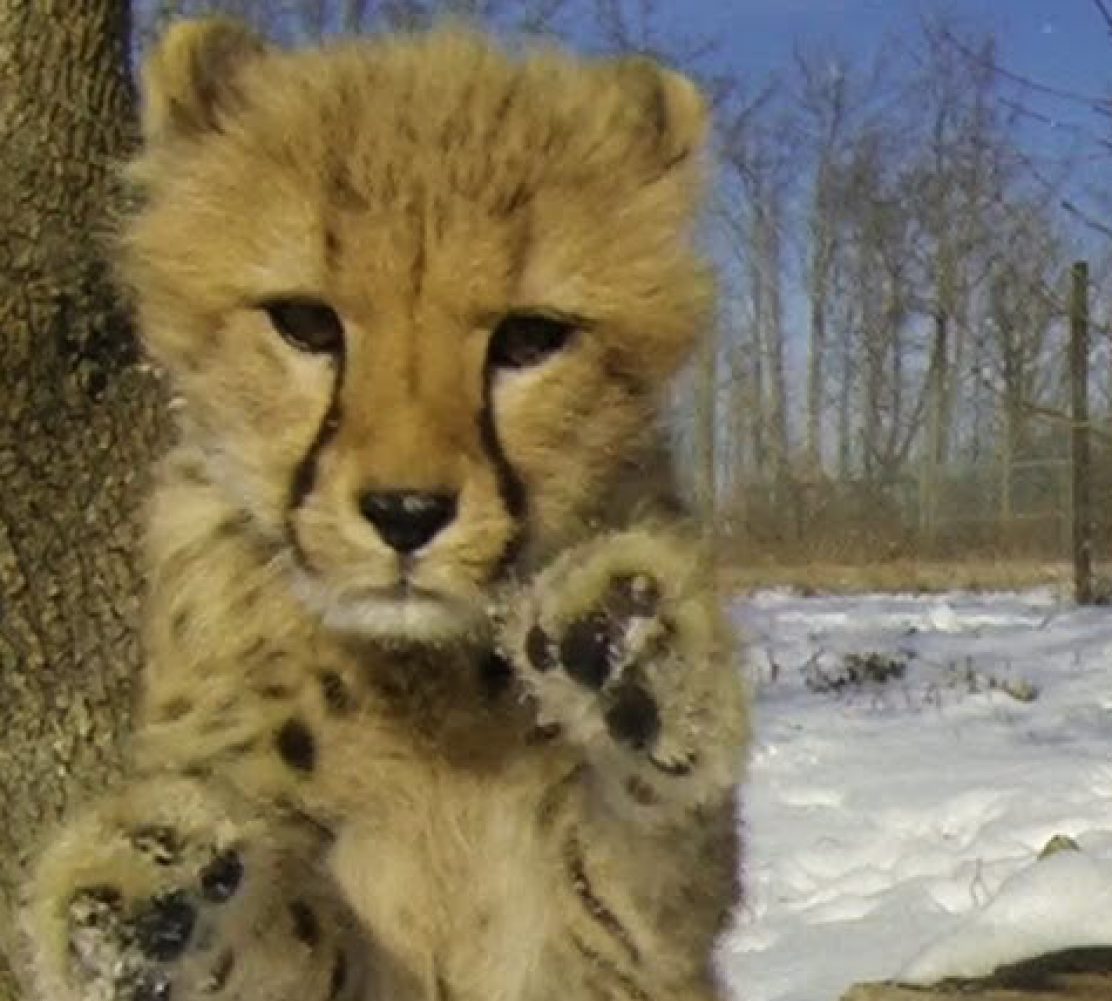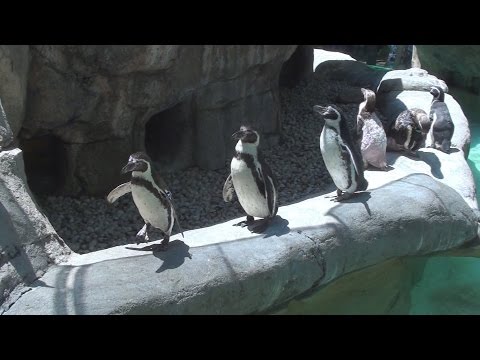Just north of Columbus along the eastern banks of the O’Shaughnessy Reservoir in Powell, Ohio is the non-profit Nationwide Zoo. Acknowledged in 2009 as the number one zoo in the United States by USA Travel Guide and Besties Readers Choice in 2012, Nationwide Zoo has a global reputation for its efforts and promotion of director emeritus Jack Hanna.
The zoo which has a collection of over 7,000 animals representing over 800 species featuring several exhibits divided into regions of the world. Columbus Zoo recognizes over 2 million visitors annually and has an 18-hole golf course across 140 acres. The zoo also owns the 22.70 acre Zoombezi Bay and the 11 acre Jungle Jack’s Landing.
Columbus Zoo administers its own conservation program, donating contributions to several outside programs in addition to participating in its own conservation projects. During the past five years the zoo has contributed to more than 70 projects in a over 30 countries for a total of over $3 million and is closely affiliated with the animal conservation center located in southeast Ohio known as the Wilds.
Interesting Facts About the Columbus Zoo
• The Columbus Zoological Company which bears no affiliation with today’s Columbus Zoo was first opened in 1905 but later closed just five months later for unknown reasons. The monkey bar which was part of the zoo’s first exhibits as well as the actual brick entrance which was used and located on North High Street at Beechwold Road can still be viewed today.
• In 1927 the current Columbus Zoo opened as the Columbus Zoological Gardens. In 1951 management of the zoo was taken over by the city of Columbus who later in 1970 gave up ownership to a non-profit organization known as the Zoological Park Association, Inc. The zoo continued to receive funding from the city of Columbus until 1986.
• In 1956 the zoo witnessed the world’s first captive-born gorilla named Colo. Today at age 57 Colo is the oldest gorilla in captivity worldwide. The Columbus Zoo is currently home to 15 gorillas and is recognized as a pioneer in breeding gorillas since 1956.
• Between 1978 until 1993 Jack Hanna was the director of the Columbus Zoo. During his tenure the zoo earned national recognition. Up until to his arrival, the zoo saw an attendance of about 360,000 visitors annually in addition to much needed renovations. Hanna’s efforts transformed the zoo into a model facility which even included personally picking up trash after hours. During his time Hanna saw to the removal of cage enclosures and replacing them with natural animal habitats. Hanna’s commitment, fervor, and national recognition by the media helped increase the annual number of visitors to the zoo to over 1.3 million by 1992.
• In 1993 Hanna was named director emeritus of the zoo and remains the public face for the zoo in its marketing campaigns.
• In 2004, voters approved a measure that would result in raising an estimated $180 million which would be used to expand the zoo over a period of 10 years. This included a Polar Frontier exhibit featuring Arctic Foxes, and Polar Bears, as well as the construction of the zoo’s Heart of Africa exhibit for housing Antelope, Cheetahs, Giraffes, Lions and Zebras, and additional parking facilities.
• In 2009, the executive director of the zoo, Jeff Swanagan died unexpectedly at the age of 51. The zoo’a chief operating officer Dale Schmidt was named executive director that year.
• Columbus Zoo is allocated into specific regions, each housing species from a particular region. Individual regions as well as featured souvenir shops and food are themed according the area represented.
• Columbus Zoo offers visitors three modes of transportation besides walking. These include a railway circling the North America region, a tram that transports visitors to the Polar Frontier exhibit and borders the southern area of the North America Region, and a boat which sails around the Islands of Southeast Asia region.
• With a total of over 13 large exhibits the oldest and second-largest area of the Columbus Zoo is The North America region featuring a wetlands area and a 930 m2 migratory songbird aviary containing more than 40 species.
Columbus Zoo Webcams
Polar Frontier Web Cam
First opened in 2010 the Polar Frontier is the zoo’s newest region. Created as an extension of the zoo’s North America region the Polar Frontier features several animal species native to the Arctic region including the Aric Fox, Brown Bears and the Polar Bear habitat which is renown for its 167.000 gallon pool and underwater viewing area.
View Brown Bear webcam.
Shores and aquarium Web Cam
Manatee Coast indoor habitat featuring Buddy the turtle.
Two flamingos drinking in their habitat.
Renown for the fish and manatee aquariums, respectively known as “Discovery Reef” and “Manatee Coast” the shores region also houses American alligators, Humboldt penguins and American flamingos.
View Penguin webcam.
Columbus Zoo’s Discovery Reef is an 88,000-gallon saltwater aquarium housing several species of sea turtles, sharks and fish. Discovery Reef is also renown for its live corals recognized as the largest exhibit of it’s kind in the United States.
View Columbus Zoo’s Discovery Reef.
First opened in 1999 Manatee Coast supporting the endangered West Indian manatees is the zoo’s cornerstone exhibit. This habitat which is one of only two outside of Florida used to house manatees is covered by a retractable roof which is used to create an outdoor habitat during the warm weather for up to five manatees.
Heading west after exiting the tunnel beneath Riverside Drive is the zoo’s Reptile Habitat. Located within the shores region the Reptile Habitat is an indoor exhibit featuring several species of snakes, tortoises and terrapins. The Columbus Zoo has also bred many endangered reptile species such as the Jamaican boa, Yellow-spotted river turtles, Eastern plains garter snakes and Madagascar ground boas.
Congo Expedition and Aviary Web Cam
Opened in 2000 the African forest “Congo Expedition” features several species native to the Central African rainforest, including large cats, various birds housed in a aviary, hoofed mammals and primates. The main attraction of the primate area features three generations of western lowland gorillas also descendants of Colo.
Pygmy chimpanzees represent the zoo’s collection of rapidly expanding bonobos eight of which are only found in the United States.
In 2012, one of the zoo’s gorillas named Mumbah, died of heart failure. Mumbah who was aged 47 was part of the zoo’s collection since 1984.
View Aviary webcam.
Zoo Camera Tags:
- Columbus zoo brown bear cam
- columbus zoo webcam
- columbus zoo giraffe cam

